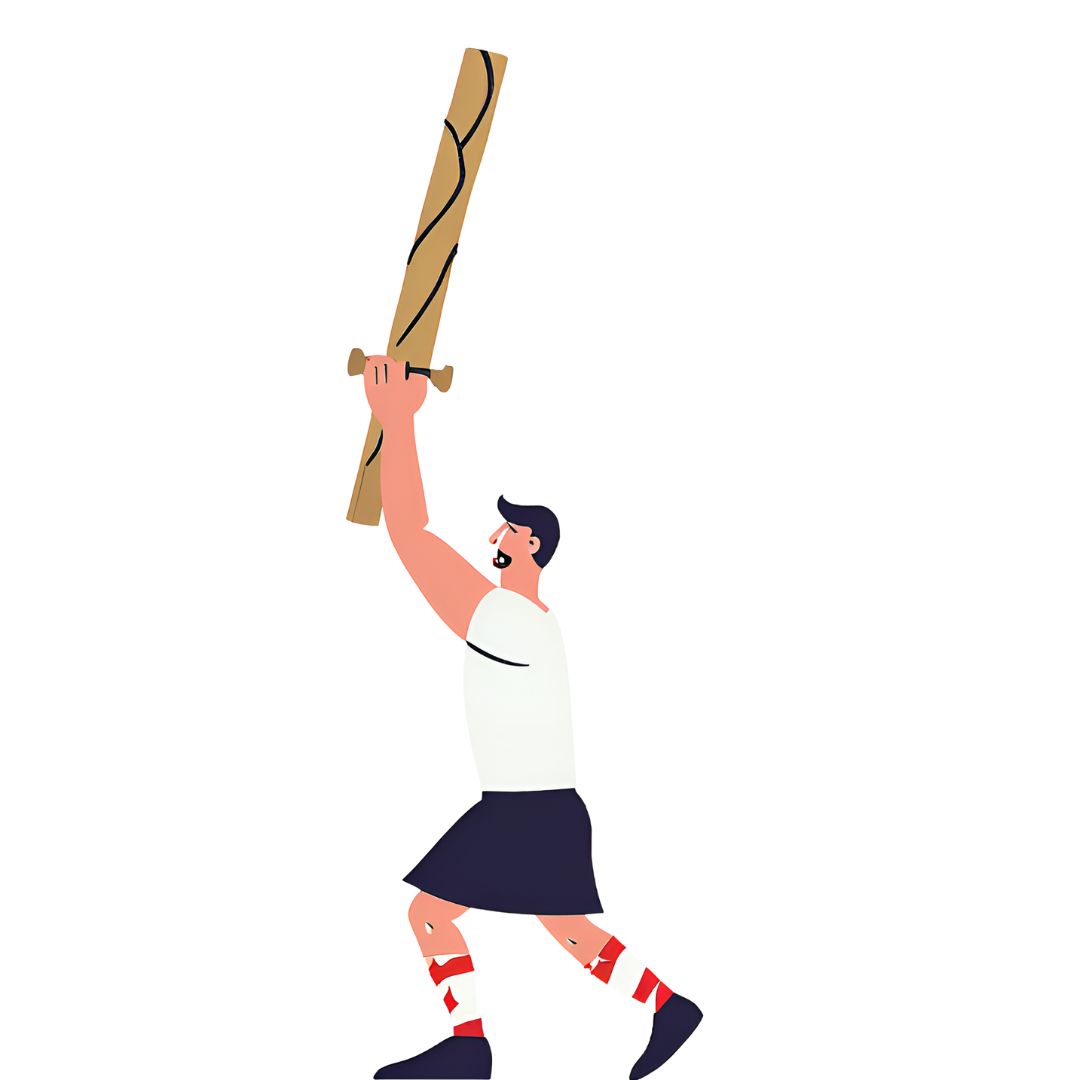The event involves competitors, known as “tossers,” lifting and flipping a large, heavy log, known as a caber, with the goal of having it land in a straight line. It’s a test of athletic prowess, balance, and precision, rather than just brute strength.
Key Aspects of Tossing the Caber:
- The Caber: The caber itself is typically a large, tapered log made of larch or pine. It can range in length from 16 to 20 feet (4.8 to 6 meters) and typically weighs between 100 to 175 pounds (45 to 79 kilograms). The challenge isn’t just lifting the caber but flipping it end-over-end in a controlled manner.
- Objective: The goal is not simply to toss the caber as far as possible. Instead, the competitor must flip it in a way that makes it land in a straight line from where it was thrown, with the smaller end hitting the ground first and the larger end flipping over to land directly away from the thrower.
- Judging: Tosses are judged based on how well the caber lands in relation to a straight line (like the hands on a clock). The ideal toss sees the caber land at the 12 o’clock position, with the smaller end pointing directly away from the thrower. If the caber does not flip completely, the toss is considered unsuccessful, but partial flips are still measured based on the angle.
- Technique:
- The Pick-Up: The tosser begins by picking up the caber from the ground, balancing the bottom end against their shoulder while holding the thinner, top end.
- The Run: Once the caber is secure, the competitor runs a short distance to build momentum.
- The Toss: Using strength and control, the athlete then propels the caber upwards, aiming to flip it end-over-end so that it lands in a straight line.
Historical and Cultural Significance:
- Origins: The exact origins of caber tossing are uncertain, but the event is believed to have developed in the Scottish Highlands as a way to demonstrate strength and skill. Some theories suggest that it evolved from the need to toss logs across streams or narrow gullies, while others say it was simply a display of physical prowess during gatherings.
- Highland Games Tradition: Tossing the caber is a central event at the Highland Games, which are held annually in many Scottish towns and communities with Scottish heritage around the world. The games celebrate Scottish culture, featuring events like hammer throw, tug of war, and traditional music and dancing, in addition to caber tossing.
- Skill Over Strength: Despite the event’s rugged appearance, caber tossing is more about technique and control than raw strength. The balance required to flip the caber accurately and the precision needed to land it properly make the event a test of both athleticism and coordination.
Modern-Day Caber Tossing:
- Competitions: Tossing the caber is still a staple of the Highland Games, both in Scotland and internationally. The games attract athletes from around the world, many of whom specialize in traditional Scottish sports. In some games, particularly prestigious events, cabers are specifically designed for the competition, with the size and weight adjusted for elite competitors.
- Global Popularity: The sport is popular among Scottish expat communities, especially in countries like the United States, Canada, Australia, and New Zealand, where Highland Games are regularly held to celebrate Scottish heritage.
- Caber Tossing Records: Though the event is judged on accuracy rather than distance, some cabers used in competitions are particularly large. The largest cabers can weigh over 200 pounds (90 kilograms) and require immense skill and strength to flip properly.
The Symbolism of the Caber:
Tossing the caber is symbolic of Highland tradition and the rugged nature of Scottish life in the past. The event captures the spirit of the Highland Games, which were originally held as clan gatherings to celebrate strength, competition, and community. Today, it stands as a proud representation of Scottish culture and athleticism.
Fun Fact:
At some Highland Games, the caber is passed down through generations of competitions, and certain legendary cabers have their own histories, with names and records of athletes who have successfully tossed them.
Tossing the caber remains a thrilling spectacle and a celebration of Scottish heritage and strength.


